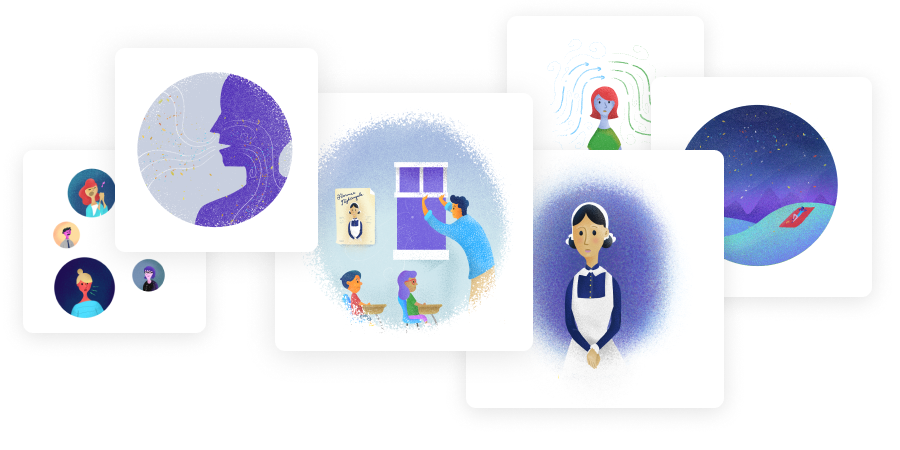
Airborne infection is in the news; ever since COVID-19 came to the United States, it has been a significant concern shared throughout the nation.
With our newest Lifeology course, we wanted to break down the science (and the hype) on what it means for an infectious disease to be airborne, and how we can protect ourselves. Some form of airborne transmission is certainly possible for COVID-19 – but while we should be cautious about this by wearing masks and ventilating our spaces, we don’t have to be scared. Airborne infection is nothing new – in fact, Florence Nightingale taught us a lot of lessons in the late 1800’s that we can still apply today to protect ourselves!
Authored by Jason Tetro, “What Florence Nightingale taught us about airborne infection” covers the basics of airborne transmission, disease and intervention, juxtaposing history with the current day. The course is beautifully illustrated by Doryan Algarra, artist, designer and co-founder of Lifeology.
If you have questions about what we have learned about airborne diseases, what they are and how they can affect us – this mini-course is for you!

From the Writer / Jason Tetro

“Is it airborne?”
The question brought me back to the days when I studied the belief in miasma. In those times, the belief that infection was due to “bad air” circulated amongst the population bringing both fear and hopelessness. When Florence Nightingale faced this issue, she took a sensible approach. If the air was bad, you could get rid of it by bringing in fresh air. Not surprisingly, it worked.
Science has since disproven miasma. We now know that viruses like SARS-CoV-2 are the real culprits and that they are shared through contact with bodily fluids such as respiratory droplets. We also know that in a room with very poor ventilation, the levels of these droplets can increase, and this can raise the risk for inhalation by someone in that environment.
If you think about it, however, the idea of “bad air” does exist. We just tend to call it “bad breath.” In the same way as those respiratory droplets can fill a room, bad breath can do the same. It becomes the perfect analogy not only for demonstrating the risk for airborne spread but also for appreciating which environments can pose a risk.
And this brings me to the spirit of this course. The science doesn’t change. Instead, our interpretation does. It doesn’t matter if we call it bad air, bad breath, or respiratory droplets; the airborne risk is real. As for the solution, as long as it is based in science, it too will not change. So, whether you open the windows, use an HVAC, or even a fan, as long as you keep the air fresh, you reduce the risk.
Florence Nightingale knew all of this long before we knew the physics, chemistry or mechanism. It is why she stands not only as a model for infection prevention but also as a light, much like her lamp, for everyone who wants to stay safe. It’s also why this course is designed to honour her name.


From the Illustrator / Doryan Algarra
When the new course about Florence Nightingale and Airborne Infection became available to illustrate, it was very appealing to me. I loved how the past met the present, what’s happening in the world today regarding the pandemic, and Lifeology’s personal ties to Florence. I felt drawn and inspired to illustrate this course.
My main goal illustrating this course was to make sure the visuals partnered cohesively with the content for optimal understanding and retainment. In this case, I used the stylized characters and bright colors as a mechanism to help achieve this goal. In terms of science, I always try to use relatable metaphors in place of something more realistic; this is key to making a complex concept more understandable.





